Practice makes perfect when it comes to indoor gardening. The fact of the matter is, not everyone has a green thumb right away so it’s important to consider all options when deciding to bring the outside indoors. If you happen to be inexperienced in the way of house planting, there are a myriad of helpful tips and tricks available that will help you cultivate your green thumb. From picking the perfect plants to watering and providing sunlight, here is a beginners guide to houseplants.
Find Your Light
A kiss of soil might be continental but lighting is a house plant’s best friend. Think of green leaves like solar panels, charging a plant’s life force with rays of sunlight. When plotting a plant, consider what kind of light will be necessary for the best possible outcome. Adequate light doesn’t automatically mean choosing an area brimming with golden sunbeams. Some plants require much less light than others. Try to find a place near a window or door with sun and shade, balancing them to fit the needs of your plant. This provides plants with time to both charge their batteries and rest in order to convert energy into the essential nutrients it will need to survive. Those plants that enjoy a lot of summer sun can be moved onto your patio as long as it’s screened in or has clear vinyl curtains to protect them from winds.
Watering Whole

Water is another essential component in ensuring a house plant’s ultimate survival. Plants consume water through pores in a process called transpiration, working hand in hand with photosynthesis to establish the necessary building blocks to not only survive but thrive in your house. Underwatering plants brings about unhealthy consequences, while overwatering can do the same. Check online for the correct amount of water for your type of plant. If you tend to be forgetful, you might even consider starting out with a cactus. Cacti are ideal houseplants for beginners and experts alike. Succulents typically require less attention from you and blossom the same as other houseplants.
In ‘Soil’idarity
In the beginning of your houseplant journey, you might find that plants will make do with any soil you pot them in. Soil is used to protect roots, give the plant a firm foundation that will keep it upright, provide a nutritious buffer, and help convey air and water to the plant. Making your own soil through recycled compost is certainly an avenue worth exploring for more experienced indoor gardeners. However, a soil purchased at a local nursery or hardware store is the safer bet for beginners. The important thing is making sure the soil is rich in nutrients that will help facilitate life to your plants.
- Soil for succulents should be well drained and conducive to the more rugged nature of the plant family.
- Orchids and bromeliads thrive in soilless mixtures composed of woody fragments, allowing for easy and seamless irrigation.
- More tropical plants require moisture rich plotting soils.
- Old soils may prove to be too heavy or dense for the purpose for more gentle houseplants.
- Hydroponic plants are modern garden innovations that don’t require soil at all.
Fresh as a Daisy
Fresh air and ventilation is an important factor in a houseplant’s longevity. Plants love a fresh flow of air, allowing them to properly exhale and transpire. Like all living things, plants inhale and expel gases. This process is critical in facilitating a healthy developmental cycle for the plant. However, not all air is good air. In winter months, you should move your plants away from drafty doors and windows. Most houseplants don’t do well in colder conditions. In summer months, be sure to make an educated guestimate of humidity in order to properly gage conditions conducive to healthy plant life. Like cold weather, heavier warm weather can adversely affect a plant’s condition. If you anticipate a cold front headed for your garden, ensure that your precious plants are safe with the help of an insulated tarp that can be tailor-made to fit your needs.
Pot on the Back

When it comes to planting, the right pot can make or break the shelf life of a houseplant. Think of a pot like a plant’s house. Like all houses, a plant needs room to grow. While not exactly necessary when beginning its journey, houseplants generally need the confines of designated familiarity as they grow. A plant can have a healthy early life in its original black plastic container for quite some time. However, as plants grow, you should consider moving them into more suitable homes. Terracotta planters are perfect for low key plant maintenance, as their clay material easily allows both air and water to be absorbed by the plant nestled inside.

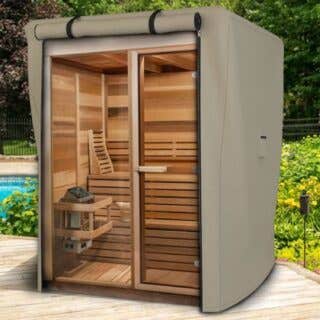
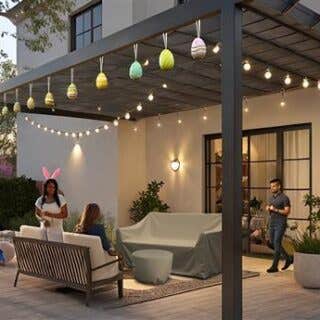
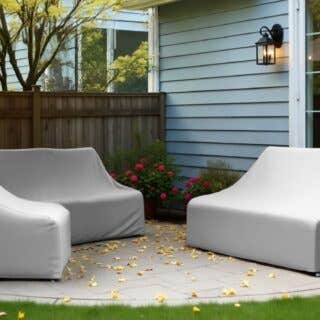
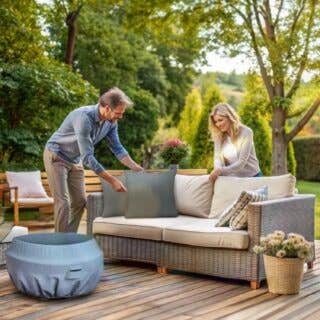

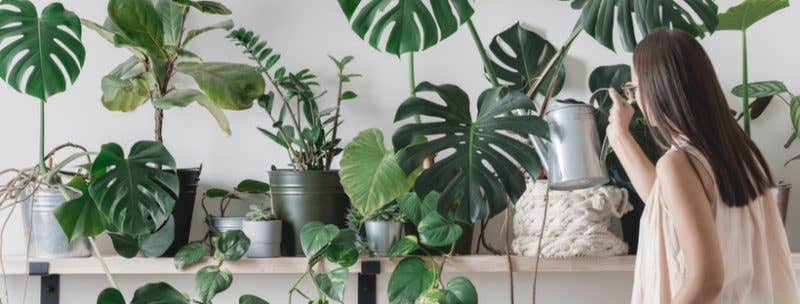

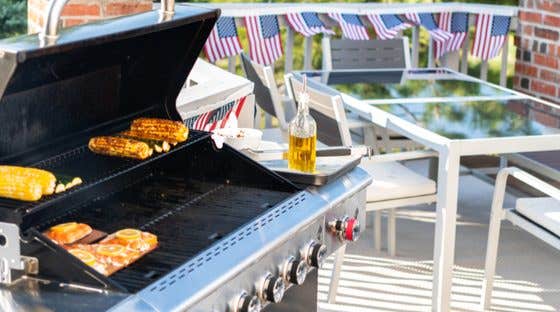
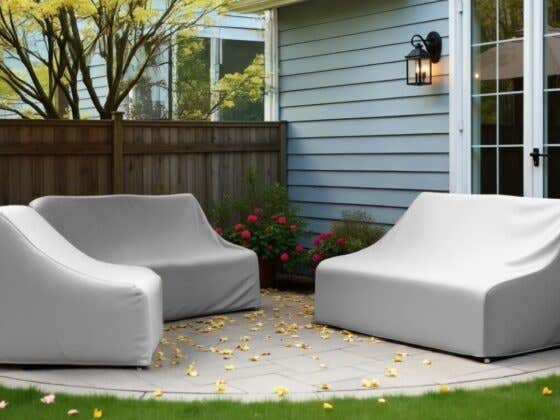
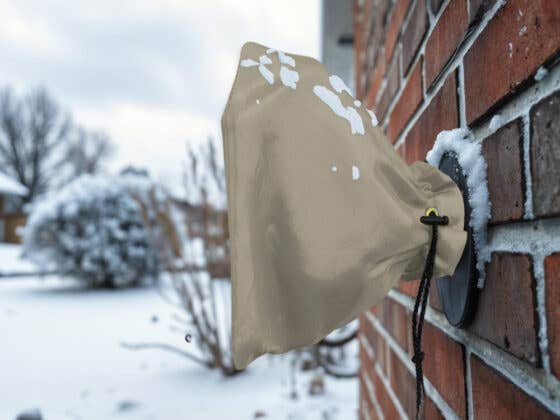
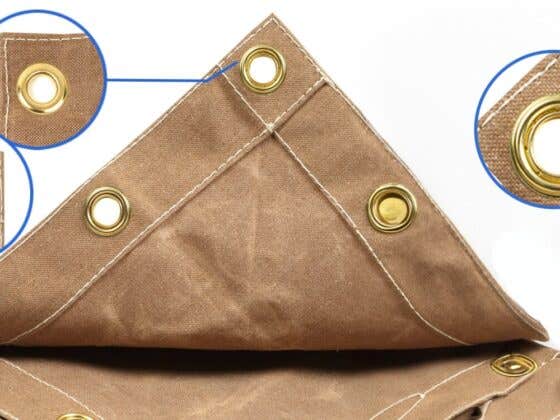
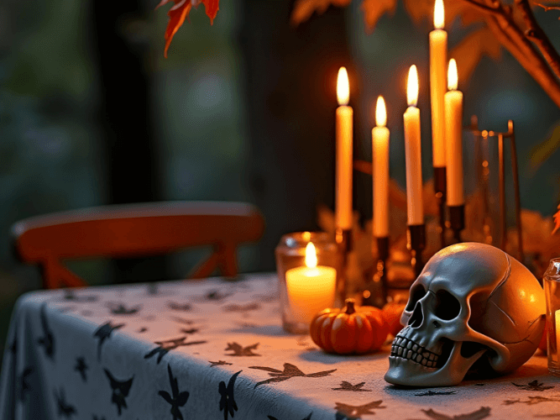
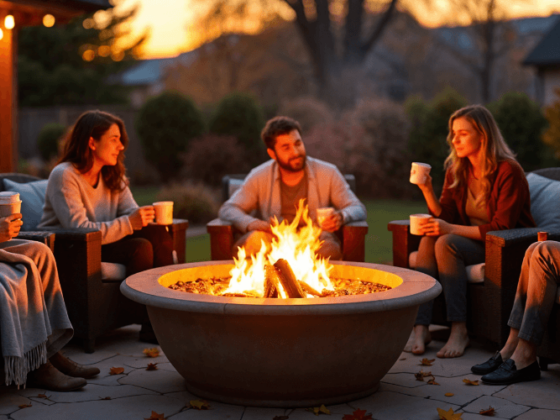
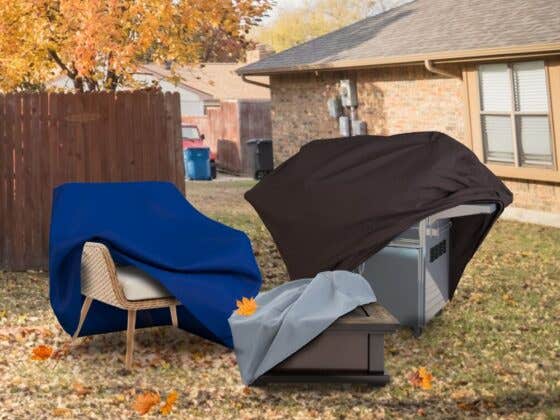
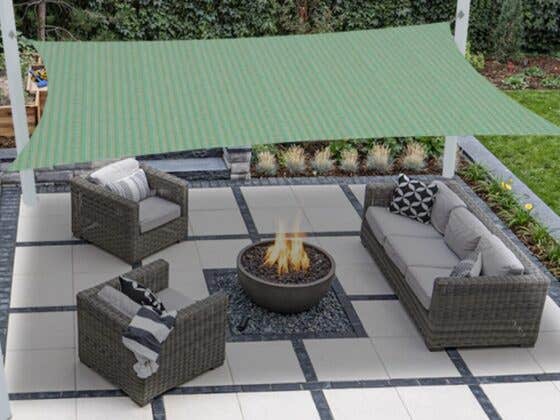
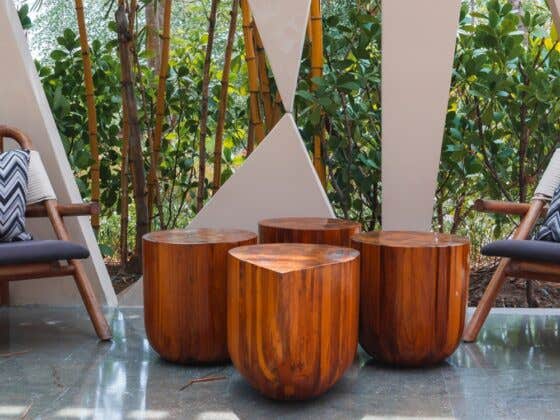
Recent Comments